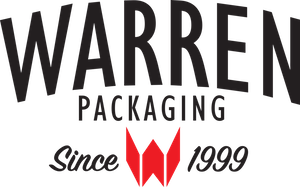Photo Credit: www.gethow.org – Atul Kimar Pandey
Along with the demand of sustainable and natural products that has gained traction over the past few years, there seems to be an appearance that brands presume consumers want to see from them. You could say this look gives the product an eco friendly appearance. It is along the lines of a natural brown (kraft) look with a matte texture, and maybe some sort of green recycle graphic or text. I agree, this screams natural/organic/recyclable/sustainable. The problem is, that’s about all that it screams.
As brands, we are successful by standing out and telling our story. We feel the need to look the part to show our commitment to this trend, but is it worth the cost of your brand image? I once read: “In a crowded marketplace, fitting in is failing. In a busy marketplace, not standing out is the same as being invisible” (Seth Godin, Purple Cow). If everyone is telling the same story and blending together, who is succeeding?
With the consumer driven push for environmentally friendly products, material and substrate manufacturers have come a long way. Most wax and plastic based coatings and inks are fading out while water or plant based options take their place. Paper boxes are generally recyclable and biodegradable while containing more recycled content than ever before. What does this mean for branded products and packaging? We don’t have to blend in! We have the ability to be sustainable and well branded simultaneously.
In 2005, Procter & Gamble coined the term “FMOT – First Moment Of Truth” relating to their product packaging. This is described as the first 3-7 seconds a shopper encounters a product on the store shelf (likely among similar products). In this moment, brands have the greatest opportunity to convince a shopper to buy their product over the competition by appealing to their senses, values and emotions. Without your brand jumping out at the consumer through packaging design and story telling, your product may not even be noticed in those 3-7 seconds.
As important as it is to meet consumer demands, it is just as important to maintain brand identity and points of differentiation. As brands begin to look the same in an effort to appear sustainable, they start to become invisible. Once you lose your brand identity and image, what is left other than competing on price? Quality might vary from one to the other, but how would anyone know that without being told or shown? Our job as brands is to tell consumers what we do, how we do it, and how they should feel about us. Don’t allow that to be taken away from you.

